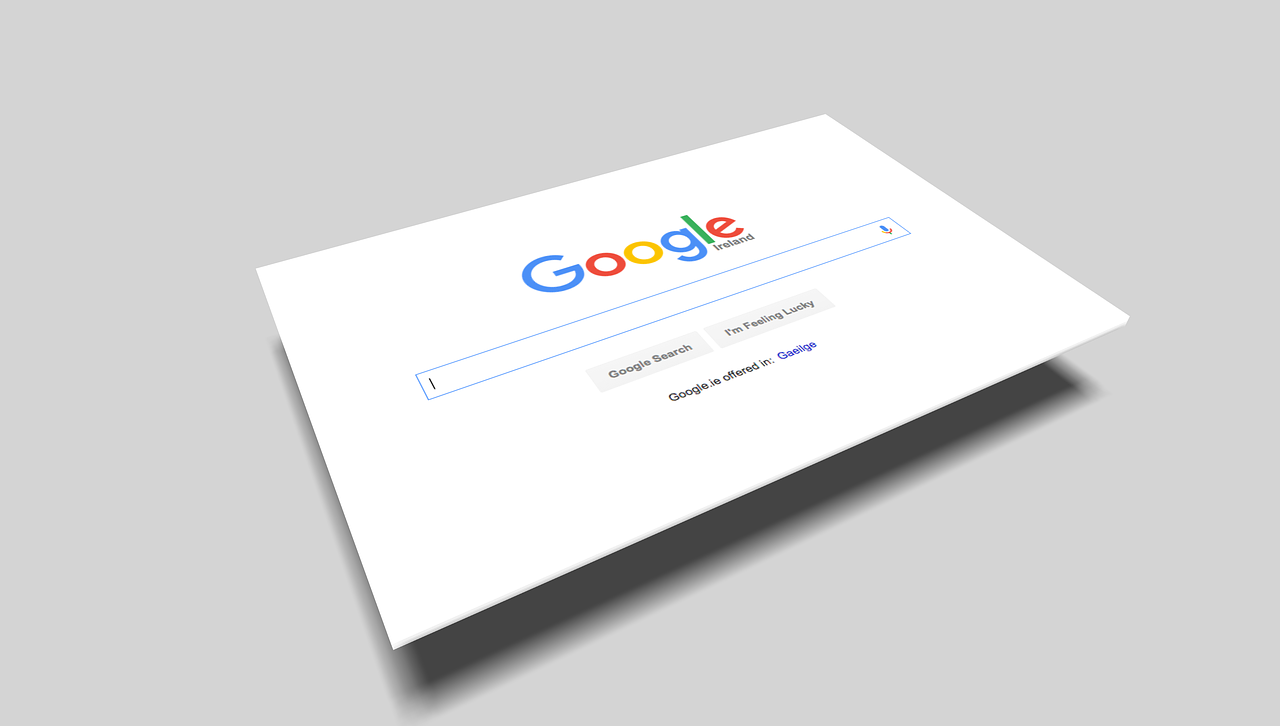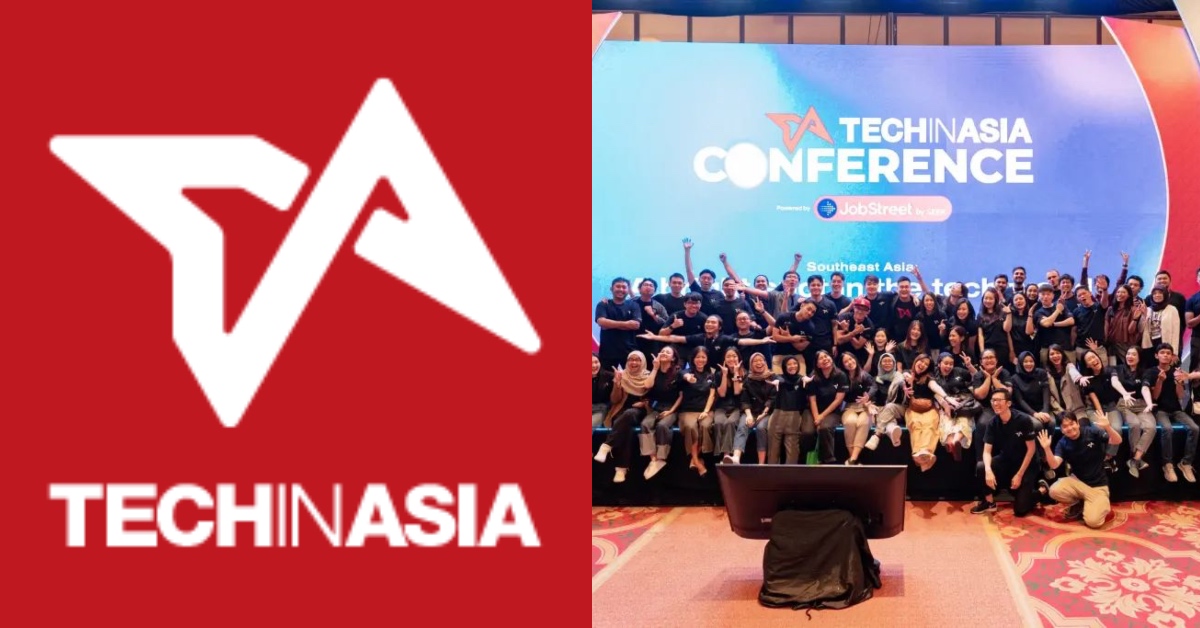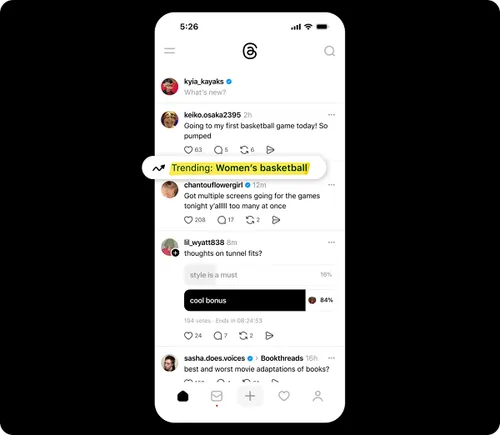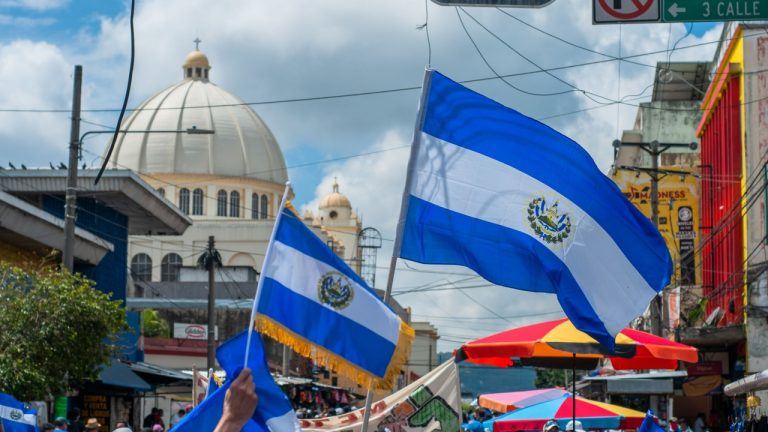GM-backed Cruise ad bashing human drivers criticized by top safety advocate
A former NHTSA administrator is criticizing a campaign that aimed to portray autonomous driving as a solution for the high rates of deaths related to car crashes in the U.S.

“Humans are terrible drivers,” General Motors' one-page advertisement in The New York Times and other papers last week claimed.
The advertisement for Cruise, a GM-backed autonomous driving startup, argued that while “people cause millions of accidents every year in the U.S. ... Cruise driverless cars are designed to save lives.”
The advertisement prominently featured the number of Americans who were killed in car crashes in 2022—a choice that didn't sit well with former NHTSA administrator and safety advocate Joan Claybrook.
“Using the pain and suffering of those deaths for self-promotion of an unproven and unsafe product is unscrupulous,” Claybrook said in a statement distributed by the Advocates for Highway and Auto Safety.
Road safety has been a theme in Cruise and other autonomous driving companies' messaging as they seek to win over public opinion and regulatory approval.
“Local leaders and regulators need to safely explore every option possible to reverse the horrific status quo on our roads, instead of blocking a critical technology with a strong safety record,” a Cruise spokeperson said in a statement. “Last year pedestrian deaths in the United States reached their highest levels in 40 years, often due to preventable human error, and the public deserves to know that there's a promising emerging technology that could help improve road safety.”
Cruise won approval to charge for its robotaxi rides in parts of San Francisco last summer and has since begun testing the service in Phoenix and several cities in Texas. In San Francisco, Cruise rides are currently only allowed to charge in a limited portion of the city and during daylight hours. The company has requested expansion of approval to allow for paid rides to take place anywhere in the city at any time of day. The California Public Utilities Commission is expected to vote on that request Aug. 10.
The advertisements were part of a push ahead of the vote to approve the permit, the Cruise spokesperson said.
Claybrook said Cruise's claims in the advertisement were neither “convincing” nor “credible.”
“There are real-world accounts about the havoc Waymo and Cruise robotaxis have inflicted on San Francisco roadways and its citizens,” Claybrook said, citing local officials' concerns about safety incidents with robotaxis on city streets. "Their collective experience highlights the dangers, which have disrupted police activity, hampered firefighting and blocked local streets and intersections."
A Cruise passenger was hospitalized last summer after a Cruise vehicle stopped before completing a turn, causing a crash with an oncoming Prius. NHTSA opened a probe into Cruise last December after reports of three crashes resulting from brake timing issues. In March, a Cruise taxi crashed into a San Francisco bus after inaccurately predicting its movements.
Nevertheless, Cruise said its first 1 million driverless miles had 54% fewer collisions overall than human drivers in a comparable driving environment and 73% fewer collisions with meaningful risk of injury.
Acting NHTSA administrator Ann Carlson announced last week the administration plans to publish a notice of proposed rulemaking this fall that could provide a new regulatory path for deploying large numbers of self-driving vehicles.
Abigail Ham is a reporter for Automotive News.

 Tekef
Tekef 
































